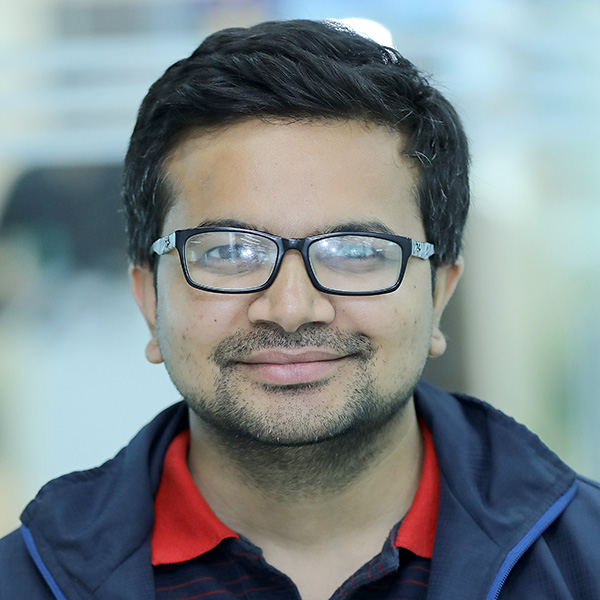Miscellaneous
SLC success rate stagnates
Despite Department of Education’s commitment to increase the success rate by double digits
Binod Ghimire
The SLC pass percentage rose slightly to 43.92 this year from 41.57 last year after going down continuously for six years. Out of the 566,085 students who had registered for the examination, 528,559 sat the tests while hardly 188,027 got through the school-end assessment. Among 37,526 who missed the exams, 17,837 were barred due to their failure to attend school for the required number of days. Out of the 394,933 students who took their exams that were held for nine days starting on March 20 under the regular category, 173,436 were successful. The number of examinees under the regular category had decreased for the first time in a decade.
As many as 18,110 students secured distinction with 80 percent and above marks; 83,637 got the first division, while 67,942 scored below 60 percent in total marks. At 5,531, a small number passed in the third division.
“We are not satisfied with the figures. But pass percentage has increased by at least two percent which is a good sign,” said Education Secretary Bishwo Prakash Pandit. “We’ll work for better outcomes in years to come.”
Some 15,074 students passed after they were given grace marks of five in a maximum of two subjects. The number was 14,456 last year. The SLC Board led by the education secretary determines the grace marks to increase the pass percentage.
Under the exempted category, the result is even more pathetic with only 10.92 percent of the total 133,626 candidates securing pass marks, mostly in the second division.
Educationists read the outcome as a total failure of the country’s education system. They say it is already too late to revamp school education.
Mana Prasad Wagle said 250,000 students failed their test last year and now the number has surged to 380,000. “How can this be a positive sign?” he questioned.
They compare the numbers to total enrolment in grade one ten years ago to conclude that the success rate is not more than 13 percent. Of the total 1.3 million students who were enrolled in grade one in 2004, 528,559 had taken the exams this year. “This is a waste of the billions of rupees of the government’s investment,” said Wagle.
Following widespread criticism, the Department of Education last year formulated a 15-point work plan for a double-digit growth in the pass rate and directed all the District Education Offices to act accordingly.
Over 53,000 personnel—superintendents, invigilators, helpers and police—were mobilised to conduct the 80th SLC examination four months ago in 1,836 centres across the country. For the first time, the OCE had outdone with home centres—candidates having their own school as the exam centre—that helped maintain a high level of fairness in the exams.
According to Exam Controller Bishnu Bahadur Dware, the OCE will conduct supplementary exams for those failing in two subjects for nine days starting on August 11. Over 125,000 students are eligible to retake the test. Students not satisfied with their marks can seek re-totalling and even see the copies of their answer sheets by paying a fee.
The results are accessible via SMS, phone calls and websites such as www.moe.gov.np, www.doe.gov.np, www.slc.ntc.net.np and www.ekantipur.com.
The results can be accessed also by dialling 1600 through the PSTN/CDMA and GSM mobile networks of Nepal Telecom.




 20.97°C Kathmandu
20.97°C Kathmandu








.jpg&w=300&height=200)

